kitchen garden maintenance in the right way is not just about planting seeds and waiting for the harvest.
kitchen garden maintenance in the right way is more than just a hobby – it’s a journey of nurturing and growth, both for the plants and the gardener.
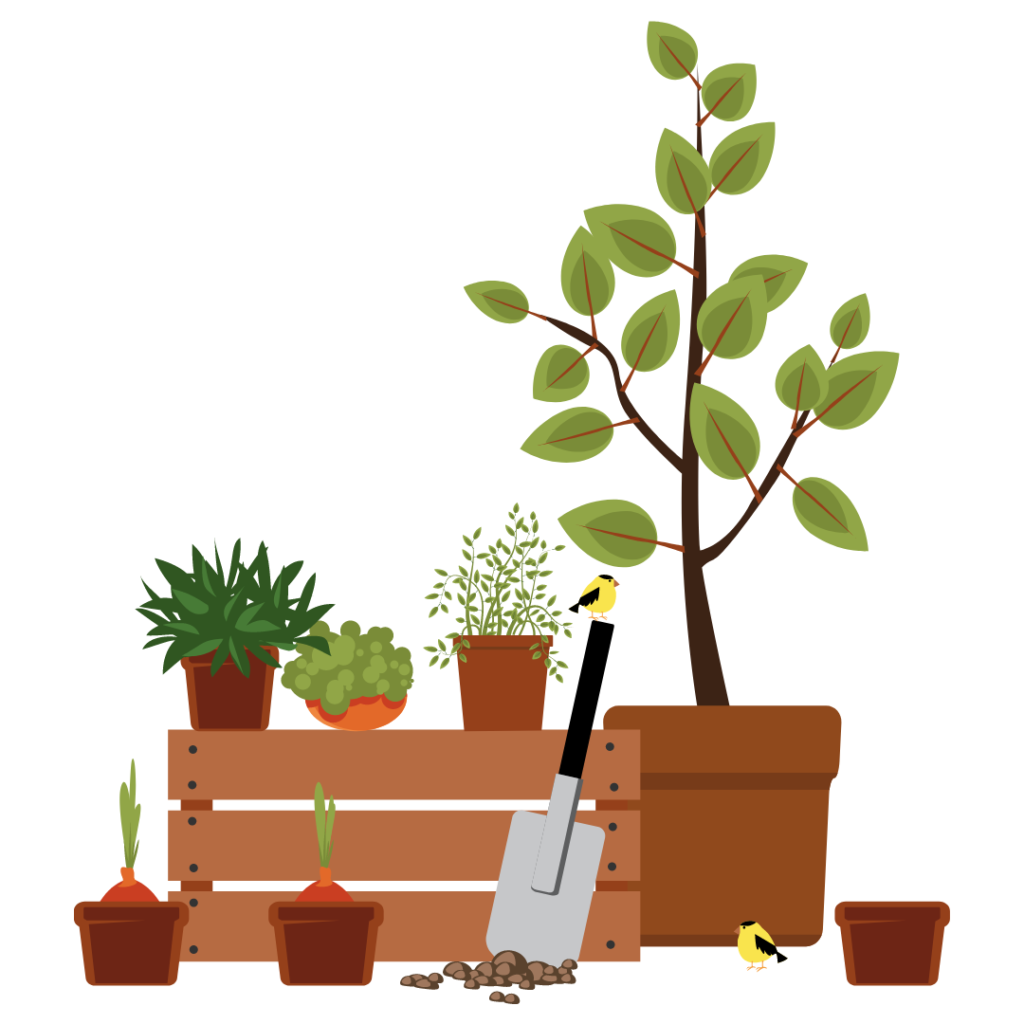
Whether you’re a seasoned green thumb or just starting, the key to a successful kitchen garden lies in ongoing maintenance.
From weeding and pruning to pest control and soil care, every task plays a vital role in ensuring the health and productivity of your garden.
It requires consistent care and attention to ensure the health and productivity of your plants.
In this guide, we’ll explore essential tips for ongoing maintenance tasks to keep your garden thriving throughout the seasons in the right way.
Introduction to Kitchen Garden Maintenance in the right way
A kitchen garden is a source of fresh produce and culinary inspiration, but it requires regular upkeep to reach its full potential.
From weeding to pest control, each aspect of maintenance plays a crucial role in supporting plant growth and maximizing yields.
Get ready to roll up your sleeves, dig in the dirt, and embark on a journey of discovery and abundance in your own backyard!
Importance of Ongoing Kitchen garden maintenance in the right way
kitchen garden maintenance in the right way is essential for sustaining a healthy ecosystem within your garden.
While planting seeds and watching them sprout may be gratifying, the true magic happens in the day-to-day care and attention that you provide to your plants.
Here’s why ongoing maintenance is crucial for the success of your garden:

Weeding: Keeping the Garden Clean
Weeds compete with your plants for water, nutrients, and sunlight, hindering their growth.
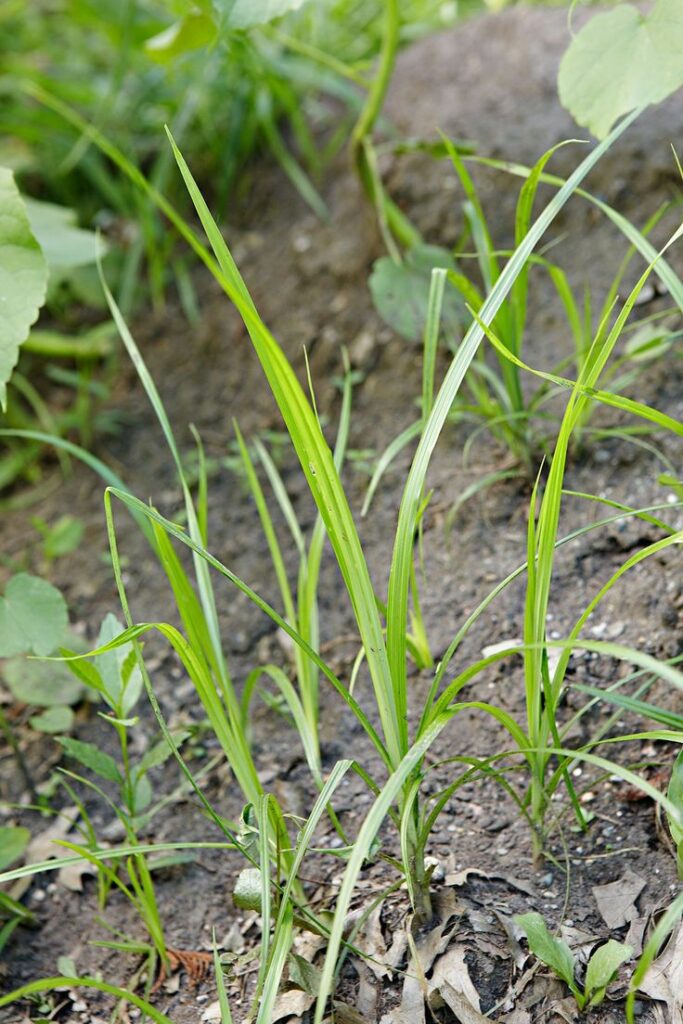
- Regularly inspect the garden beds, pathways, and borders for weeds.
- Use a handheld weeder or hoe to remove weeds efficiently.
- Pull weeds when the soil is moist to ensure the entire root system is extracted.
- Dispose of weeds properly to prevent them from reseeding or spreading.
Preventative Measures
Apply mulch to suppress weed growth and maintain moisture levels in the soil.
Additionally, practice crop rotation to disrupt weed cycles and reduce reliance on herbicides.
Pruning: Shaping and Stimulating Growth
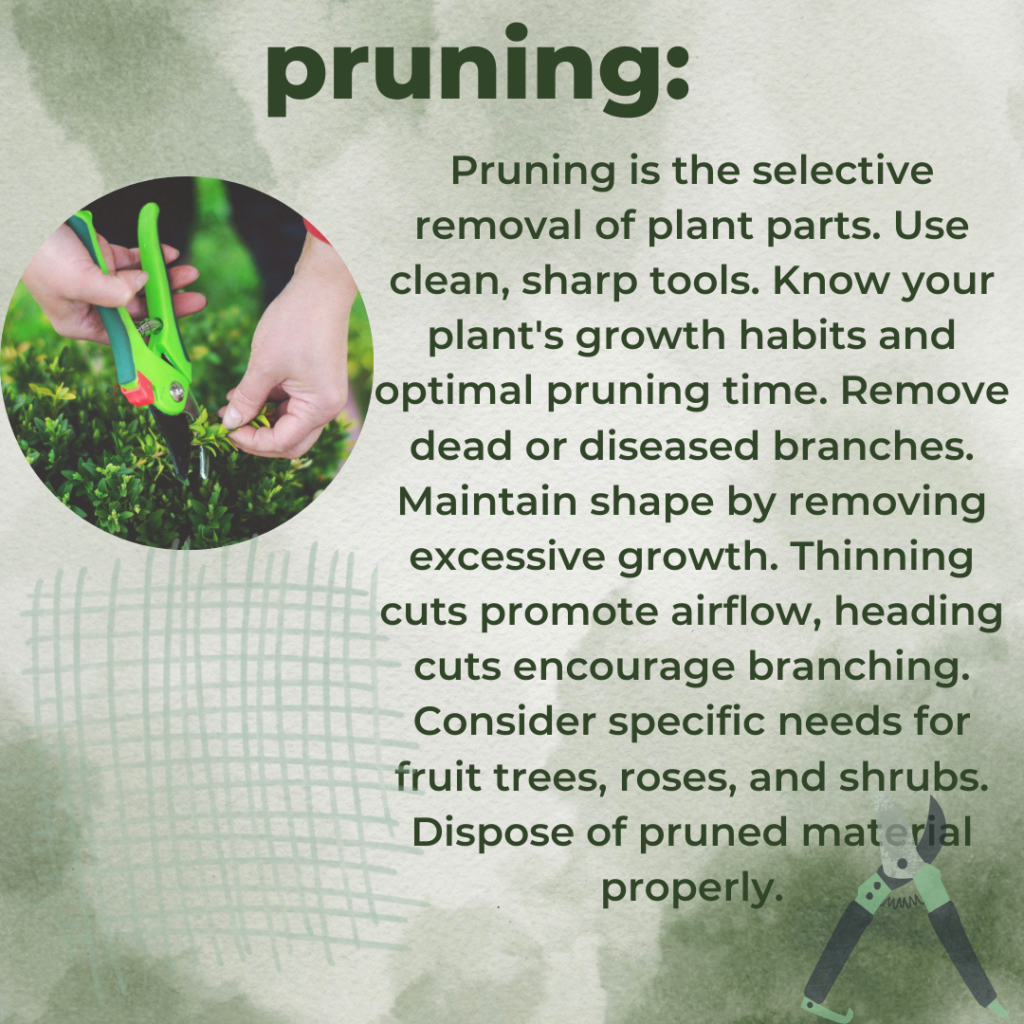
Pruning helps maintain the shape of your plants, improve airflow, and stimulate new growth.
Use sharp, clean tools to make precise cuts and avoid damaging the plant.
Timing and Frequency: kitchen garden maintenance in the right way
Prune fruit trees and bushes during their dormant season to promote vigorous growth in the spring.
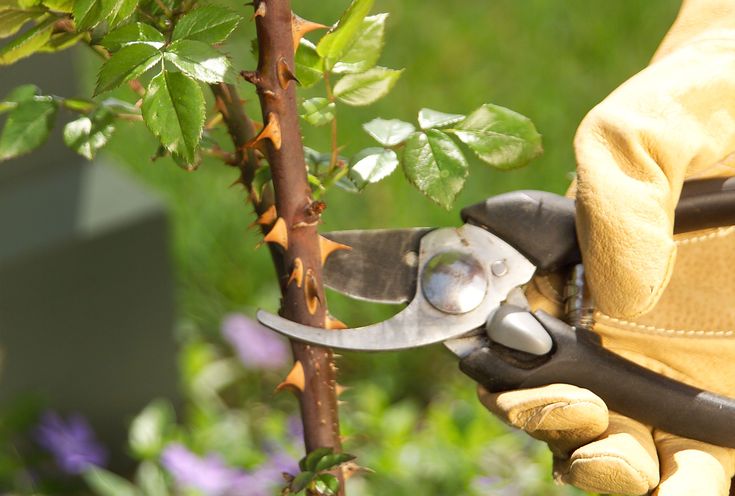
Image: https://www.bhg.com/
Regularly inspect your plants for dead or diseased branches and remove them promptly.
- Prune fruit trees during the dormant season to encourage vigorous growth in the spring.
- Deadhead flowering plants regularly to promote continuous blooming throughout the season.
- Limit pruning to no more than one-third of the plant’s total growth to avoid stressing the plant.
Pest Control:
Pests are a persistent threat to the health and productivity of your kitchen garden.
From chewing insects to fungal pathogens, pests can cause significant damage to your plants if left unchecked.
Implementing effective pest control measures is essential for safeguarding your garden and ensuring a successful harvest.
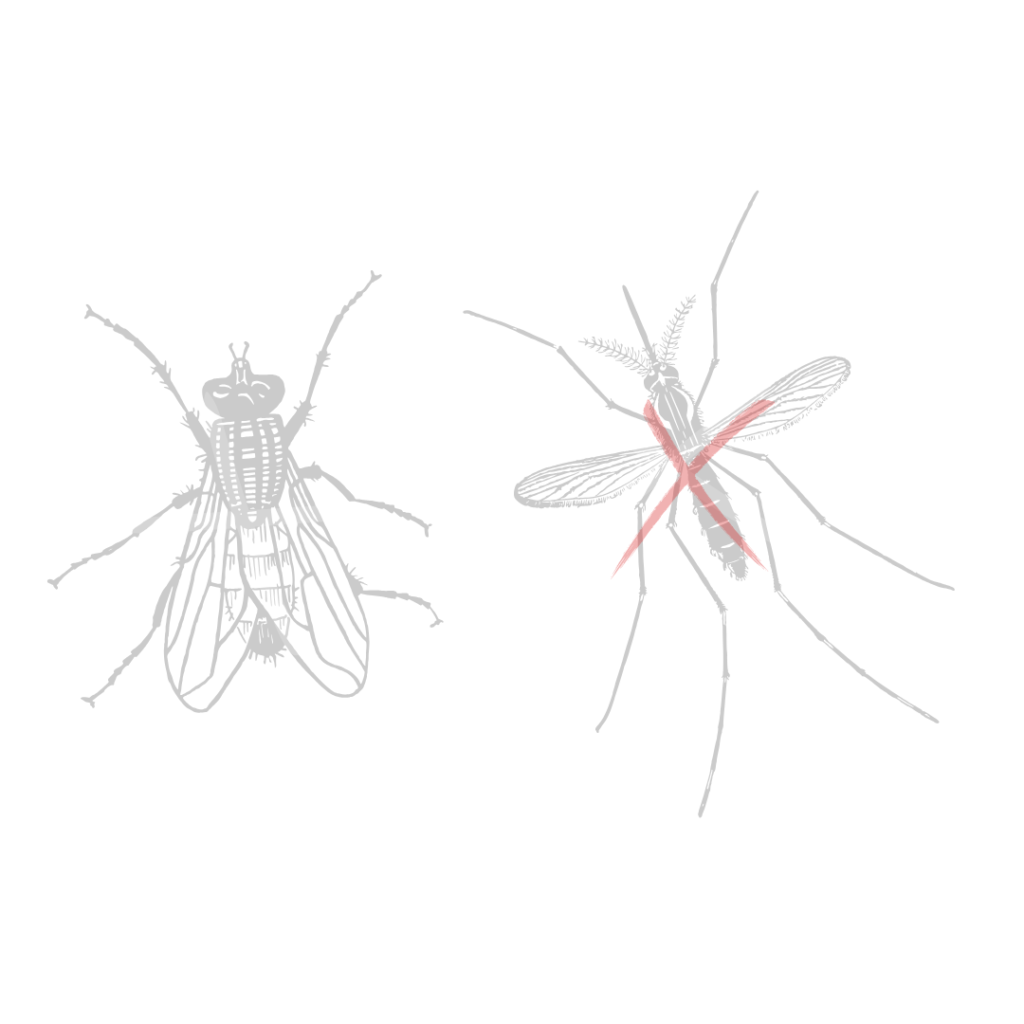
Here’s how you can protect your plants from common pests:
Natural Remedies vs. Chemical Solutions
- Attract beneficial insects such as ladybugs, lacewings, and parasitic wasps to prey on garden pests.
- Use insecticidal soap or neem oil as natural alternatives to chemical pesticides.
- Introduce nematodes or predatory mites to control soil-dwelling pests like root aphids and spider mites.
Monitoring and Early Intervention
- Inspect the undersides of leaves for signs of insect activity, such as stippling or webbing.
- Install yellow sticky traps to monitor flying insect populations and identify potential pest outbreaks.
- Handpick larger pests such as caterpillars, beetles, and snails and dispose of them in soapy water.
Soil Care: Nourishing the Garden
Healthy soil is the foundation of a thriving garden, providing essential nutrients and a stable environment for plant roots.
Take steps to improve soil fertility and structure for optimal plant growth.
Composting and Mulching
You can Enrich your soil with homemade compost, organic matter, and mulch to increase its nutrient content and moisture retention.
Mulching also suppresses weeds and regulates soil temperature.
- Create a compost bin or heap using kitchen scraps, yard waste, and shredded paper.
- Turn the compost pile regularly to aerate the material and accelerate decomposition.
- Apply compost to garden beds in the spring and fall to replenish soil organic matter and nutrients.
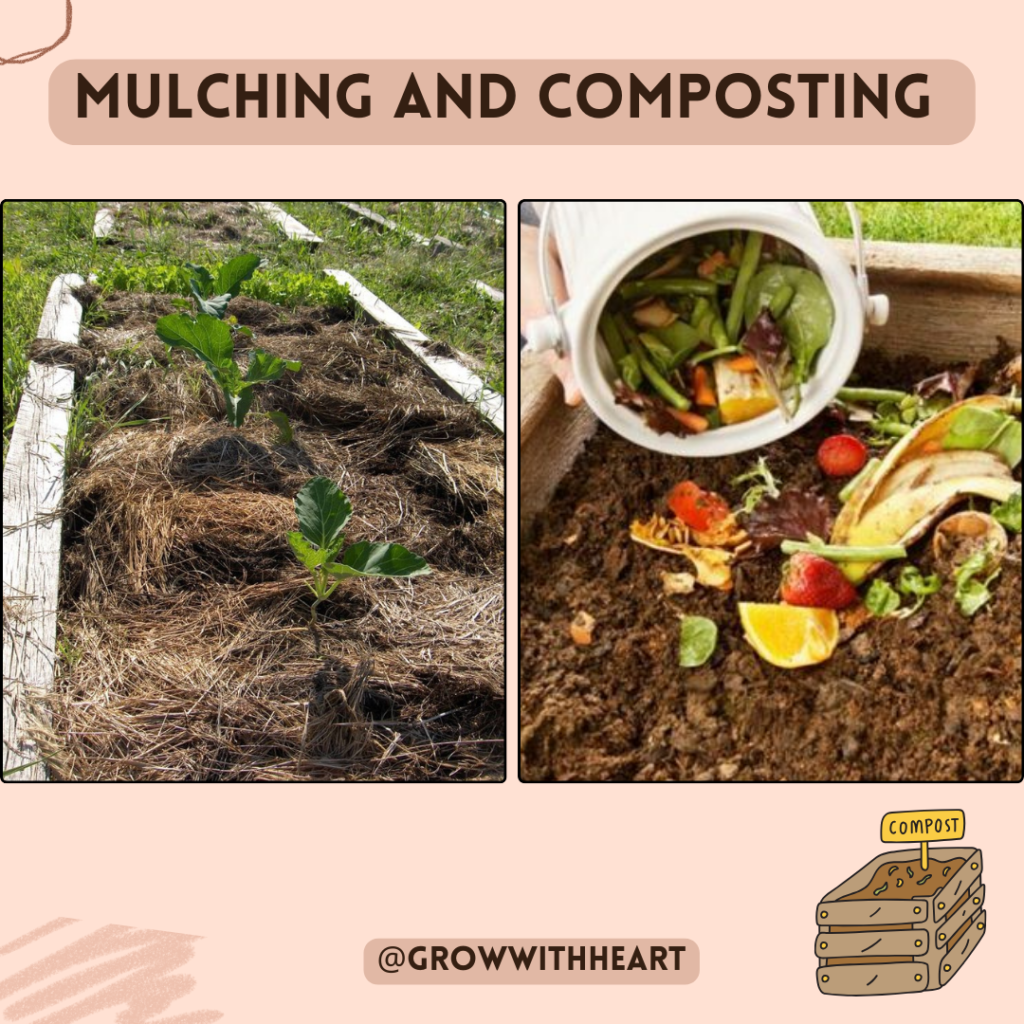
Testing and Amending Soil
Periodically test your soil to assess its pH level and nutrient composition.
Amend the soil as needed with organic fertilizers, lime, or sulfur to create an optimal growing environment for your plants.
- Use a soil test kit or send samples to a local extension service for analysis.
- Adjust soil pH with amendments such as lime or sulfur to optimize nutrient availability for plants.
- Incorporate organic amendments like compost, aged manure, or bone meal to improve soil structure and fertility.
Watering: Providing Essential Moisture

Proper watering is fundamental to the health and vitality of your kitchen garden.
Just as humans need water to thrive, plants rely on a consistent supply of moisture to grow, flower, and produce fruit.
Understanding when, how, and how much to water your plants is essential for maintaining optimal growing conditions and ensuring a successful harvest.
Proper Irrigation Methods
Choose irrigation methods such as drip irrigation or soaker hoses that deliver water directly to the roots while minimizing evaporation.
Water your plants early in the morning to reduce fungal diseases and water stress.
- Install a drip irrigation system with adjustable emitters to deliver water directly to plant roots.
- Use a rain gauge or soil moisture sensor to determine when to water and how much water to apply.
- Water deeply and infrequently to encourage deep root growth and drought tolerance in plants.
Adjusting for Seasonal Changes
- Increase watering frequency during periods of hot, dry weather or when plants are actively growing.
- Decrease watering frequency during cooler, rainy weather or when plants are dormant.
- Apply water early in the morning to minimize evaporation and reduce the risk of foliar diseases.
Fertilizing: Boosting Nutrient Levels
Plants require a steady supply of essential nutrients to support their growth and development.
Supplement your soil with fertilizers to replenish nutrients and promote healthy plant growth.
Organic vs. Synthetic Fertilizers
Choose between organic fertilizers derived from natural sources such as compost, manure, and bone meal, or synthetic fertilizers formulated for specific nutrient ratios.
Consider the needs of your plants and the overall health of your soil when selecting fertilizers.
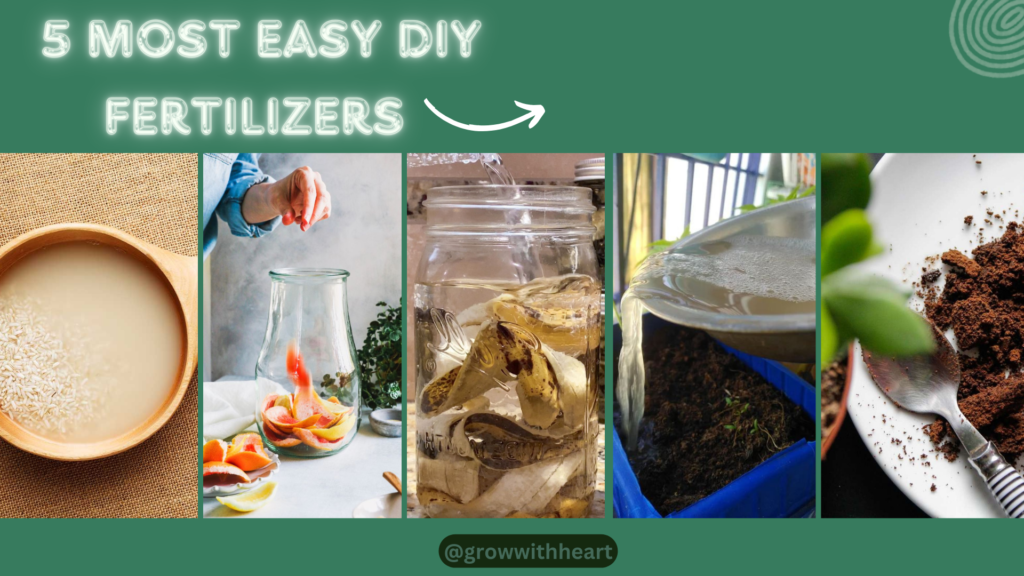
- Choose slow-release organic fertilizers like compost or aged manure for long-term soil health.
- Use water-soluble synthetic fertilizers for quick nutrient uptake by plants during periods of rapid growth.
- Avoid overfertilizing, as excess nutrients can leach into groundwater or runoff into waterways.
Applying Fertilizer Safely
- Follow the recommended application rates and timings specified on fertilizer labels.
- Apply fertilizers evenly and avoid direct contact with plant foliage to prevent leaf burn.
- Incorporate granular fertilizers into the soil surface and water them thoroughly after application.
Seasonal Tasks: Adapting to Changing Needs

Summer Care
Monitor your garden for signs of heat stress, wilting, and pest activity.
Water plants deeply to encourage deep root growth and mulch around them to conserve moisture and suppress weeds.
- Monitor plants for signs of heat stress, such as wilting or leaf curling, and provide shade or mulch as needed.
- Water container plants more frequently to prevent them from drying out in hot, sunny weather.
- Harvest fruits and vegetables regularly to encourage continuous production and prevent overripening.
Fall Cleanup
Harvest remaining crops and remove spent plants to prevent disease and pest buildup over the winter. Plant cover crops to enrich the soil and protect it from erosion during the offseason.
- Remove dead or diseased plant material and fallen leaves to prevent the spread of pathogens and pests.
- Plant cover crops like winter rye or crimson clover to protect the soil from erosion and add organic matter.
- Apply a layer of mulch to garden beds to insulate plant roots and regulate soil temperature during the winter months.
Winter Protection
Protect tender plants from frost and freezing temperatures by covering them with frost cloth or bringing them indoors. Insulate outdoor containers and mulch garden beds to keep roots warm and prevent damage.
- Bring potted plants indoors or into a sheltered area to prevent frost damage to roots and foliage.
- Insulate outdoor containers with bubble wrap or straw and mulch garden beds with leaves or straw to keep soil temperatures stable.
Sustainability Practices: Eco-Friendly Approaches
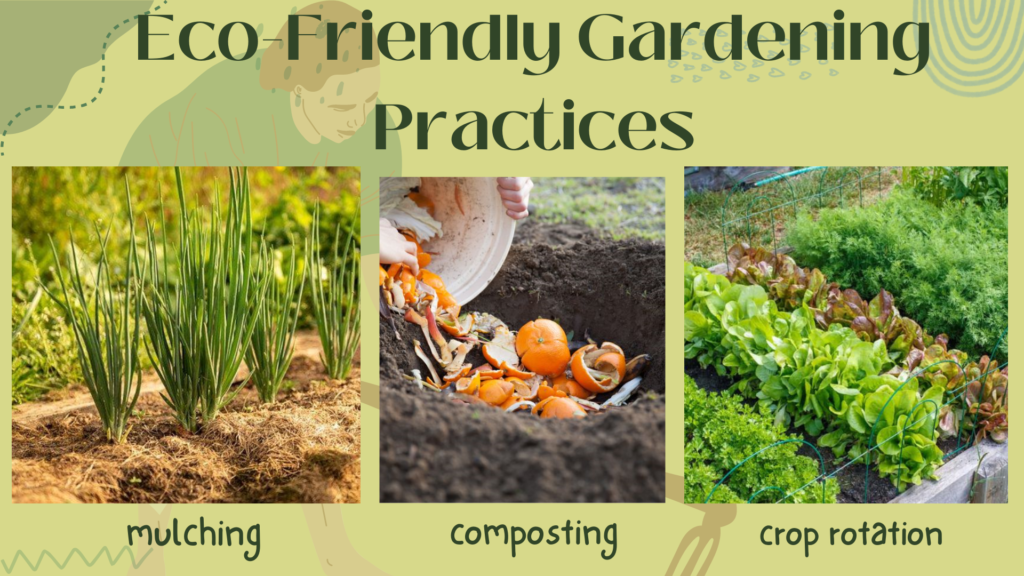
Companion Planting
Grow complementary plants together to enhance pest control, attract beneficial insects, and improve soil fertility.
Experiment with companion planting combinations to maximize the health and productivity of your garden.
- Interplant herbs like basil, parsley, and dill among vegetable crops to repel pests and attract pollinators.
- Grow nitrogen-fixing legumes such as peas or beans alongside heavy feeders like tomatoes or peppers to improve soil fertility.
- Create biodiversity by planting a variety of flowers, herbs, and vegetables to support beneficial insects and wildlife.
Troubleshooting: Addressing Common Issues
Yellowing Leaves
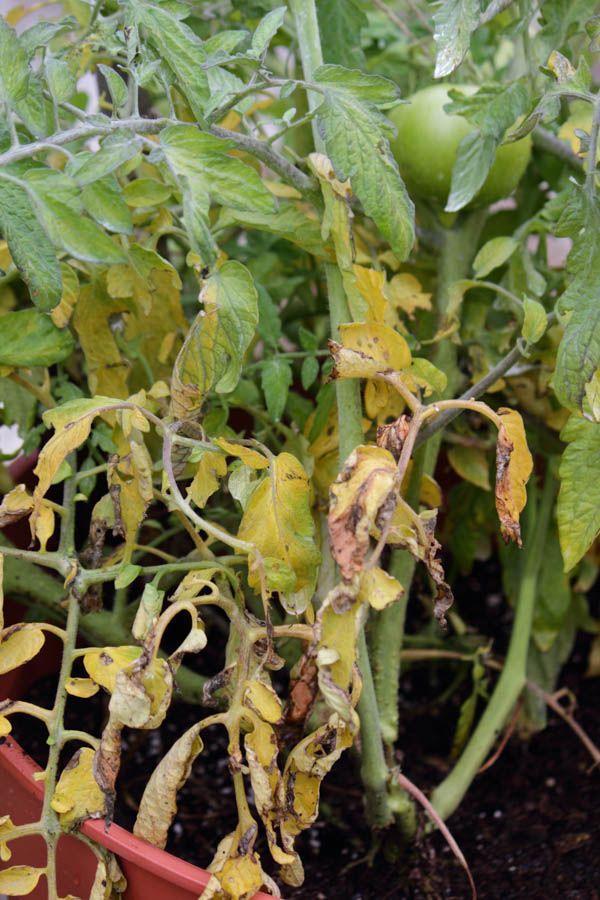
- Test the soil pH and nutrient levels to identify potential deficiencies affecting plant health.
- Adjust watering and fertilizing practices to ensure plants receive adequate moisture and nutrients.
- Treat fungal or bacterial infections with fungicides or bactericides labeled for use on specific plant diseases.
Stunted Growth
- Check soil moisture levels and drainage to ensure roots receive sufficient oxygen and nutrients.
- Provide adequate sunlight exposure by pruning nearby trees or plants that may be shading the affected plant.
- Apply a balanced fertilizer or compost to replenish soil nutrients and promote healthy growth.
Disease Management
- Practice good garden hygiene by removing infected plant material and disposing of it properly.
- Apply preventive treatments such as copper fungicides or bio fungicides to protect plants from common fungal diseases.
- Rotate crops annually to prevent the buildup of soil-borne pathogens and reduce the risk of disease outbreaks.
Time Management: Efficient Garden Care
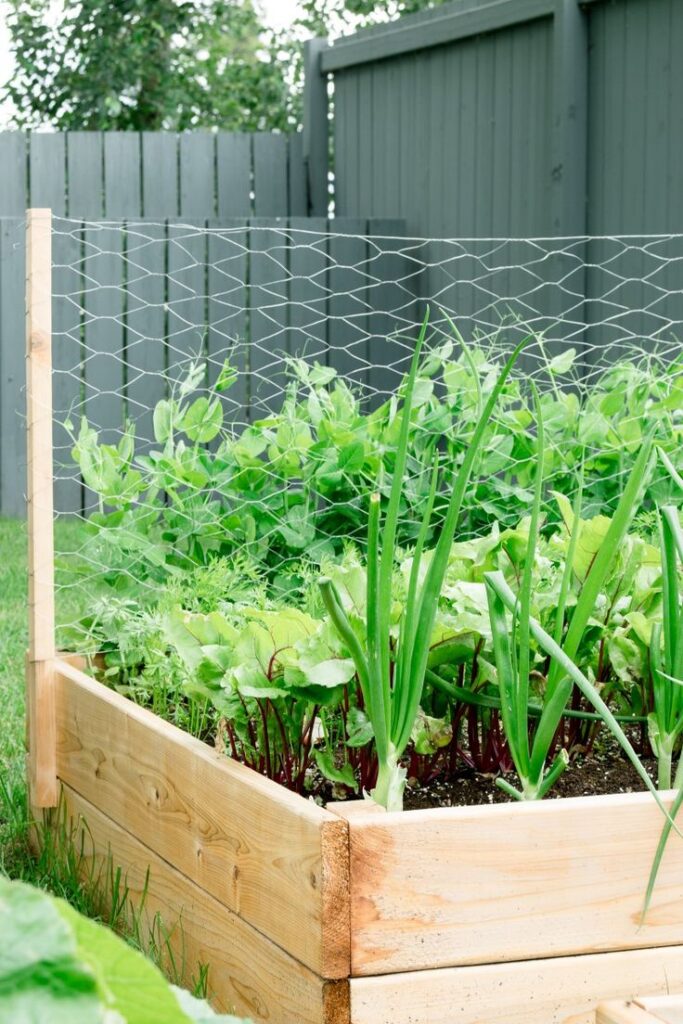
Creating a Schedule
- Use a garden planner or calendar to schedule tasks throughout the growing season, including planting, watering, and harvesting.
- Break down larger projects into smaller tasks and allocate time each week to tackle them systematically.
- Prioritize tasks based on urgency, seasonality, and the time required to complete them.
Monitoring and Evaluation: Assessing Garden Health

Observing Plant Growth
- Keep a gardening journal to record observations, track plant progress, and note any changes in plant health or appearance.
- Take photos of your garden throughout the growing season to document plant growth and flowering patterns.
- Use a handheld magnifying glass or smartphone camera to inspect plants up close for signs of pests or diseases.
Recording Successes and Failures
- Reflect on your gardening experiences and evaluate which practices were successful and which ones need improvement.
- Experiment with new techniques, varieties, or planting combinations and observe the results over time.
- Share your insights and experiences with other gardeners through online forums, social media, or community events.
Conclusion:
kitchen garden maintenance in the right way is a labor of love that requires dedication, patience, and a willingness to adapt to changing conditions.
By implementing the tips and strategies outlined in this guide, you can create a vibrant and productive garden that provides fresh, flavorful produce year-round.
FAQs
- How often should I water my kitchen garden?
- The frequency of watering depends on factors such as weather conditions, soil type, and plant species. Generally, aim to water deeply and infrequently, allowing the soil to dry out slightly between watering sessions.
- What is the best time of day to prune plants?
- It’s best to prune plants in the early morning or late afternoon when temperatures are cooler and plants are less stressed. Avoid pruning during hot, sunny periods to minimize the risk of sunburn and water loss.
- How can I control pests in my garden without using chemicals?
- Consider using natural pest control methods such as introducing beneficial insects, planting pest-repellent herbs, and practicing good garden hygiene. These eco-friendly approaches can help keep pest populations in check without resorting to chemical pesticides.
- What should I do with leftover garden produce?
- If you have excess produce from your garden, consider preserving it by canning, freezing, or drying. You can also share your bounty with friends, family, or local food banks to reduce food waste and spread the joy of homegrown produce.
- How can I improve the health of my soil?
- To improve soil health, incorporate organic matter such as compost, manure, and mulch into your garden beds. Practice crop rotation, cover cropping, and minimal tillage to promote soil structure and fertility over time.

Pingback: Container gardening like a pro! -
Pingback: Best vegetables and herbs to grow in your vertical garden! -